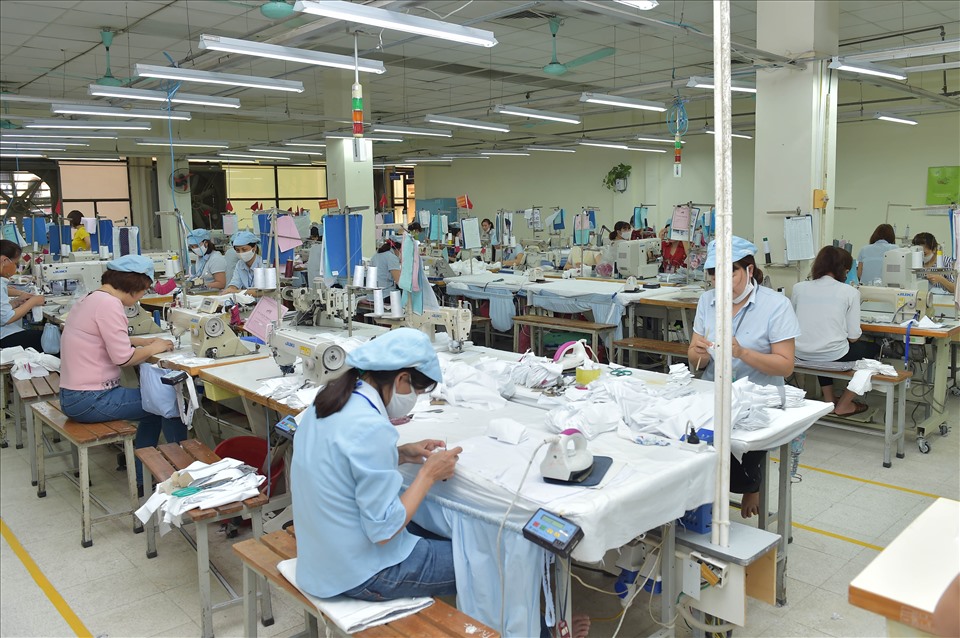HCMC – Though the local textile-garment sector has received a host of orders, it is struggling with shortages of input materials and human resources, and rising logistics costs.
Than Duc Viet, general director of Garment Corporation 10, said the company has been flexible in implementing its business strategies, so the orders it has received are enough for the firm to implement until the end of this June. Despite the Covid-19 pandemic, the prospect of the garment market remains bright.
The company is ramping up its production capacity to meet its buyers’ demand, especially when free trade agreements coming into effect have left positive impacts on textile-garment export activities in 2022, reported Lao Dong newspaper.
As local textile-garment firms have gained experience in responding to Covid, they now can facilitate production and adapt to the Covid situation concurrently.
Le Tien Truong, board chairman of Vietnam National Textile and Garment Group (Vinatex), said Vinatex set to achieve its growth rate of over 8% this year. To obtain sustainable development in 2022, Vinatex is determined to focus on speeding up digital transformation and continue to develop its supply capacity for the hosiery sector.
According to the board chairman of Hung Yen Garment Corporation (Hugaco), Nguyen Xuan Duong, Hugaco has secured orders until May this year and continued to invest in equipment, transfer technology to enhance its productivity.
The local textile-garment sector is growing fast but the supply of input materials remains unstable. Therefore, the Vietnam Textile and Apparel Association (VITAS) proposed the Government approve a scheme on developing the Vietnamese textile-garment and footwear sector by 2030, with a vision toward 2035, so that the sector could be self-contained in finding sufficient input materials and meet origin regulations under free trade agreements, said Truong Van Cam, vice chairman and general secretary of VITAS.
In 2022, VITAS forecast that local textile-garment firms will continue to face a host of challenges, including logistics costs rising threefold against the average figure recorded over the past five years; disadvantages in terms of exchange rates that left Vietnamese textile-garment items less competitive than those of its rivals; and labor imbalance.
Further, these firms in the field have to face other obstacles such as the competition from major rivals including China, India, Bangladesh and the market share of the sector.
Data from the Ministry of Industry and Trade showed that the textile-garment sector exported US$39 billion worth of goods in 2021, rising 11.2% year-on-year, but its market share made no progress.









